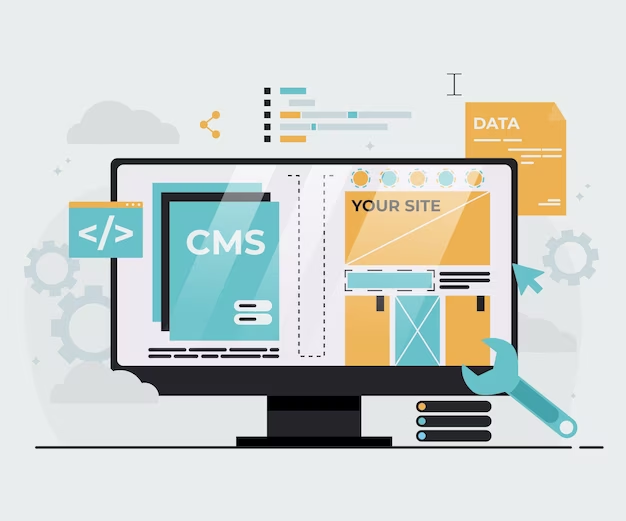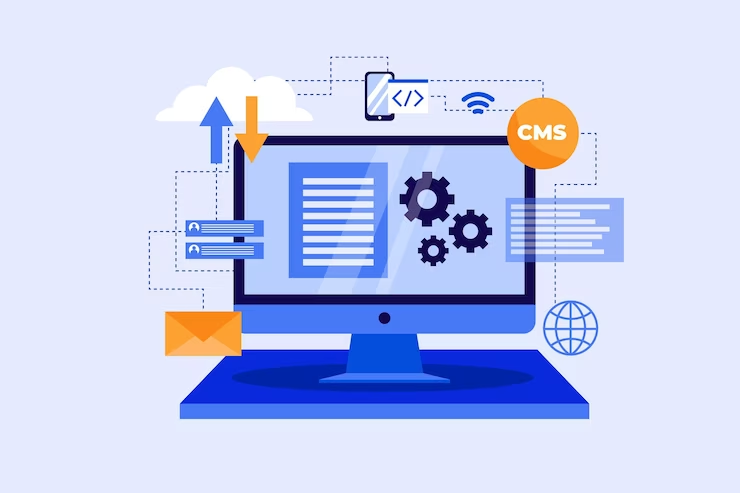WordPress is an exceptional content management system that outshines other similar tools in terms of versatility and power. While it boasts a friendly interface, there are several lesser-known tips that can transform an average website into an exceptional one. In this article, we will let you know about the hacks you should know about if you want to enhance a website’s functionality while maintaining excellent design aesthetics and optimal performance levels.
WordPress Tips & Tricks

1. Utilize Customizable Themes
WordPress offers a wide range of themes that allow you to customize the appearance of your website. Take advantage of these themes to create a unique and visually appealing design. Explore the WordPress theme repository or consider premium themes from reputable sources to find the perfect fit for your website.
2. Leverage Page Builders
Page builders are powerful tools enabling you to create stunning layouts and designs without coding knowledge. Popular WordPress page builders like Elementor, Divi, and Beaver Builder offer intuitive drag-and-drop interfaces, pre-designed templates, and advanced customization options.
3. Optimize For Speed
Website speed is crucial for user experience and search engine optimization (SEO). Optimize your WordPress site by compressing images, caching plugins, and minimizing unnecessary plugins. Consider using a content delivery network (CDN) to distribute your website’s content and reduce loading times.
4. Implement SEO Best Practices
Boost your website’s visibility in search engines by optimizing your content for SEO. Install an SEO plugin like Yoast SEO or All in One SEO Pack to help you optimize meta tags, generate XML sitemaps, and analyze keyword usage. Focus on creating high-quality content with relevant keywords to improve your website’s ranking.
5. Secure Your Website
Protecting your website from security threats is essential. Regularly update WordPress core, themes, and plugins to ensure you have the latest security patches. Use strong and unique passwords, install a security plugin like Wordfence or Sucuri, and enable two-factor authentication (2FA) to fortify your website’s security.
6. Enable Comments Moderation
Interacting with your visitors through comments can be a valuable asset for your website. However, spam comments can be a nuisance. Activate comment moderation to filter out spam and maintain a healthy discussion environment. Utilize plugins like Akismet to automatically detect and prevent spam comments.
7. Utilize Custom Post Types
WordPress allows you to create custom post types to organize your content better. Whether you want to showcase portfolios, testimonials, or events, custom post types provide a structured way to manage and display specific content types. Use plugins like Custom Post Type UI or Toolset to effortlessly create and manage custom post types, adding a great deal more in terms of functionality to your site, than a generic blog.
8. Integrate Social Media
Expand your website’s reach by integrating social media sharing buttons and follow icons. Plugins such as Shared Counts or AddToAny enable visitors to share your content easily. Display your social media profiles prominently to encourage users to connect with you on various platforms.
9. Implement Backup Solutions
Regular backups are crucial for protecting your website’s data. Install a reliable backup plugin like UpdraftPlus or BackupBuddy to automatically back up your website’s files and database. Store the backups in a remote location, such as cloud storage, for added security.
10. Adding Custom CSS to Your Website
To truly customize the appearance of your WordPress website, you can add custom CSS (Cascading Style Sheets) code. CSS allows you to modify the visual elements of your website, including fonts, colors, layout, and more. Here’s how you can add custom CSS to your WordPress website:
- Step 1: Navigate to the WordPress Dashboard and go to Appearance & Customize.
- Step 2: Look for the “Additional CSS” option in the Customizer. Click on it to open the CSS editor.
- Step 3: You will see a text area where you can add your custom CSS code. Start by identifying the element or elements you want to modify on your website. For example, if you want to change the font color of your website’s headings, you can target the heading elements using CSS selectors.
- Step 4: Write your CSS code to modify the selected elements.
- Step 5: Once you have written your CSS code, click the “Publish” button to save the changes.
- Step 6: Visit your website to see the customizations reflected in the design.
Adding custom CSS allows you to fine-tune your website’s design and align it with your branding or unique style. It allows you to override the default styles provided by your theme and create a personalized look for your website.
Another option website owners can use, instead of modifying their style.css file, or creating a child theme, is to simply create a new stylesheet with additional CSS rules. They can then be included using the WordPress wp_enqueue_style function, resulting in seamless, independent integration.
Remember, when adding custom CSS, it’s essential to understand CSS syntax and how different properties affect the elements you are targeting. You can experiment with various CSS rules to achieve the desired visual effects.

Conclusion
By implementing these clever WordPress tips and tricks, you can unlock the full potential of your website and provide an exceptional user experience. Whether customizing your website’s appearance, optimizing for speed and SEO, or enhancing security, these techniques will help you make the most out of WordPress’s robust features.
By adding custom CSS, you can take your website’s design to the next level and create a unique online presence. Embrace these tips and tricks to elevate your WordPress website and stand out in the digital landscape.
































































